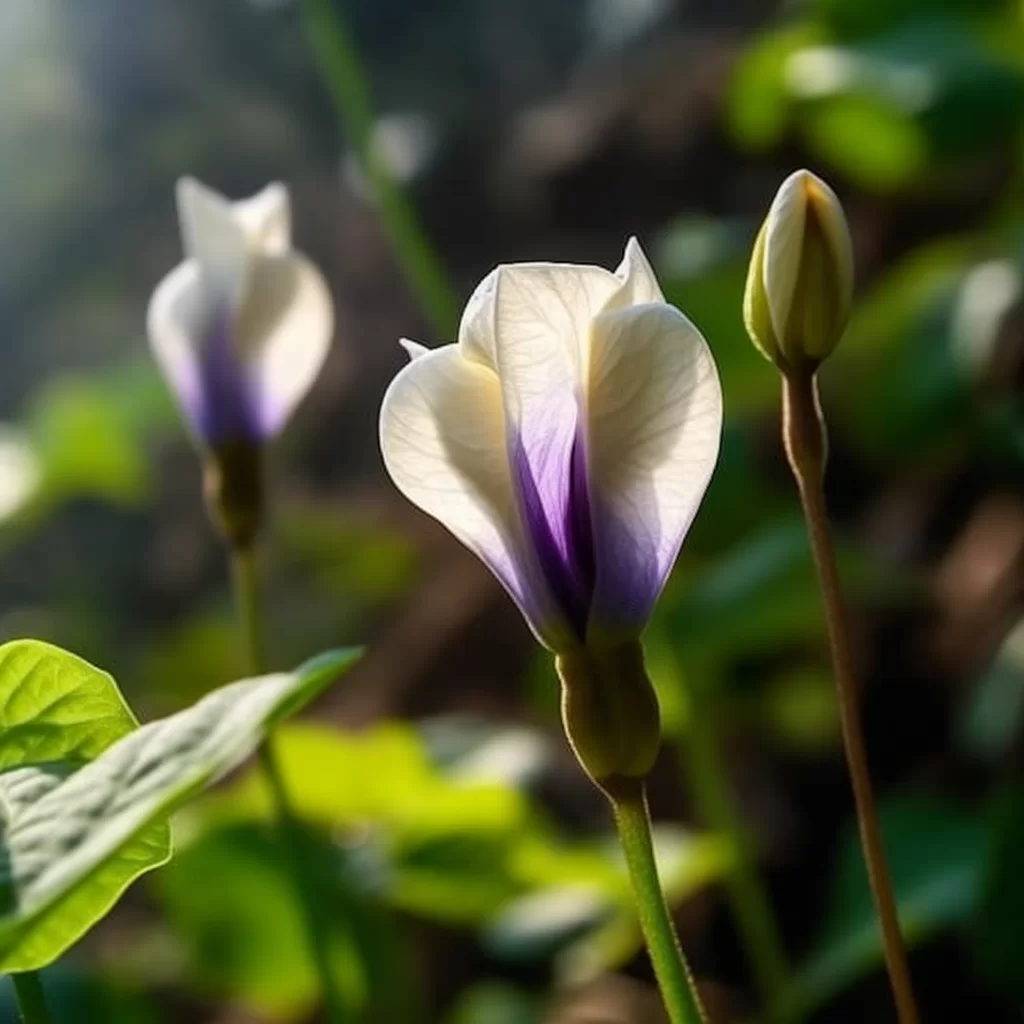Story of Day :
Contents
Clitoria Bush Plant: Your Complete Guide and Care Tips
Gardening is one of the most rewarding and therapeutic hobbies.
It gives immense joy to watch tiny seeds grow into lush plants, bearing fruits or flowers.
However, not all plants are easy to cultivate, and some require special attention.
One such plant is the Clitoria bush plant.
What is a Clitoria Bush Plant?
A clitoria bush plant, also known as butterfly pea vine or blue pea vine, is a tropical perennial that belongs to the Fabaceae family.
The plant produces beautiful blue or white flowers that resemble butterflies, hence its name.
Clitoria bush plants are native to Southeast Asia but have now become popular worldwide for their stunning blooms and medicinal properties.

Care Tips for Clitoria Bush Plants
If you’re planning on growing clitoria bush plants in your garden or indoors, you need to keep a few things in mind:
Soil Requirements
- The ideal soil for clitoria bush plants should be well-draining with pH levels between 6.0-7.5
- Add organic matter such as compost or manure before planting.
Sunlight Requirements:
- Clitoria bush plants thrive in full sunlight but can tolerate partial shade if necessary.
- A minimum of six hours of direct sunlight per day is recommended for optimal growth and blooming.

Watering Requirements:
- <
- To prevent waterlogging – which can cause root rot – water the plant sparingly but frequently enough to keep soil moist throughout the growing season.
- Reduce watering frequency during winter months or when temperatures are cooler.
Fertilizer Requirements:
- Clitoria bush plants require a nitrogen-rich fertilizer to support their growth and blooming.
- You can use a balanced fertilizer with equal amounts of nitrogen, phosphorus, and potassium (NPK).
- Fertilize once every three weeks during the growing season for best results.
Troubleshooting Common Clitoria Bush Plant Problems
Despite being relatively low-maintenance, clitoria bush plants can still encounter issues.
Here are some common problems you might face:

Pests and Diseases:
The most common pests that attack clitoria bush plants include spider mites, aphids, mealybugs, and scale insects.
You can use an insecticidal soap or neem oil to get rid of these pests.
The plant is also susceptible to fungal diseases like leaf spot and powdery mildew.
Regularly inspect your plant for signs of infection such as yellowing leaves or white powdery coatings on leaves.
Lack of Blooming:

If your clitoria bush plant isn’t blooming despite providing it with the required conditions mentioned above, try pruning it back in early spring.
This will encourage new growth and stimulate blooming.
In Conclusion
A clitoria bush plant is undoubtedly one of the most beautiful additions to any garden or indoor space.
By following our care tips above – including soil requirements, sunlight exposure needs water frequency requirements fertilization – you’ll be well on your way to cultivating healthy vibrant bushes that will reward you with stunning blooms year after year.
With patience and proper care, you’ll enjoy the benefits of this plant in no time.